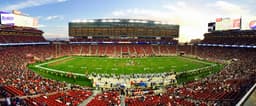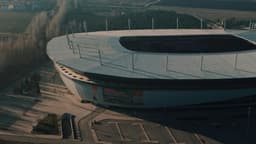Resilience and Recovery: Arsenal's Squad Evolution Amidst Injury Challenges
In the grand tapestry of Arsenal Football Club's storied history, the theme of resilience often weaves its way prominently through the narrative. As of May 2025, the club stands at a pivotal juncture, grappling with the vicissitudes of player fitness which have invariably shaped the contours of their campaign. The recent return of Riccardo Calafiori and Jorginho to the squad, following their respective injuries, marks a significant development in Arsenal's ongoing saga of adaptation and endurance.
Riccardo Calafiori's return to the fold symbolizes a beacon of hope amidst the injury woes that have beleaguered the club. Calafiori, who had been sidelined since March due to a knee injury, now reemerges as a crucial component of Arsenal's defensive strategy. His rehabilitation journey, akin to a meticulously planned research project, exemplifies the rigorous processes involved in modern sports medicine. The data-driven approach to his recovery underscores the club's commitment to evidence-based methodologies, ensuring players are not only fit to return but are equipped to perform at their highest potential.
Parallel to Calafiori's story is that of Jorginho, who rejoined the ranks after overcoming a rib injury. Jorginho's inclusion on the bench serves as a testament to his resilience and the club's strategic depth. His recovery narrative, much like a well-crafted case study, offers insights into the broader dynamics of player management where physiological resilience is as critical as tactical acumen.
While the return of these players is cause for optimism, several key figures remain sidelined, presenting an ongoing challenge for Arsenal's management and medical team. Gabriel, Jesus, and Tomiyasu are among those currently navigating the arduous path to recovery, each battling their own physical setbacks. This triad of injuries—spanning a string injury, a knee issue, and another knee ailment—highlights the multifaceted nature of injury management in elite football. The club's approach to these injuries reflects a complex interplay of medical expertise, player welfare considerations, and strategic foresight.
In essence, Arsenal's current injury landscape can be likened to a longitudinal study, where variables such as fitness levels, match performance, and injury recurrence are continuously monitored and analyzed. As the data unfolds, the club's ability to integrate recovered players while managing ongoing absences will be critical in shaping their competitive trajectory. This delicate balancing act, akin to the precision required in scientific inquiry, underscores the importance of strategic squad management in achieving long-term success.
.jpg&w=3840&q=75)





